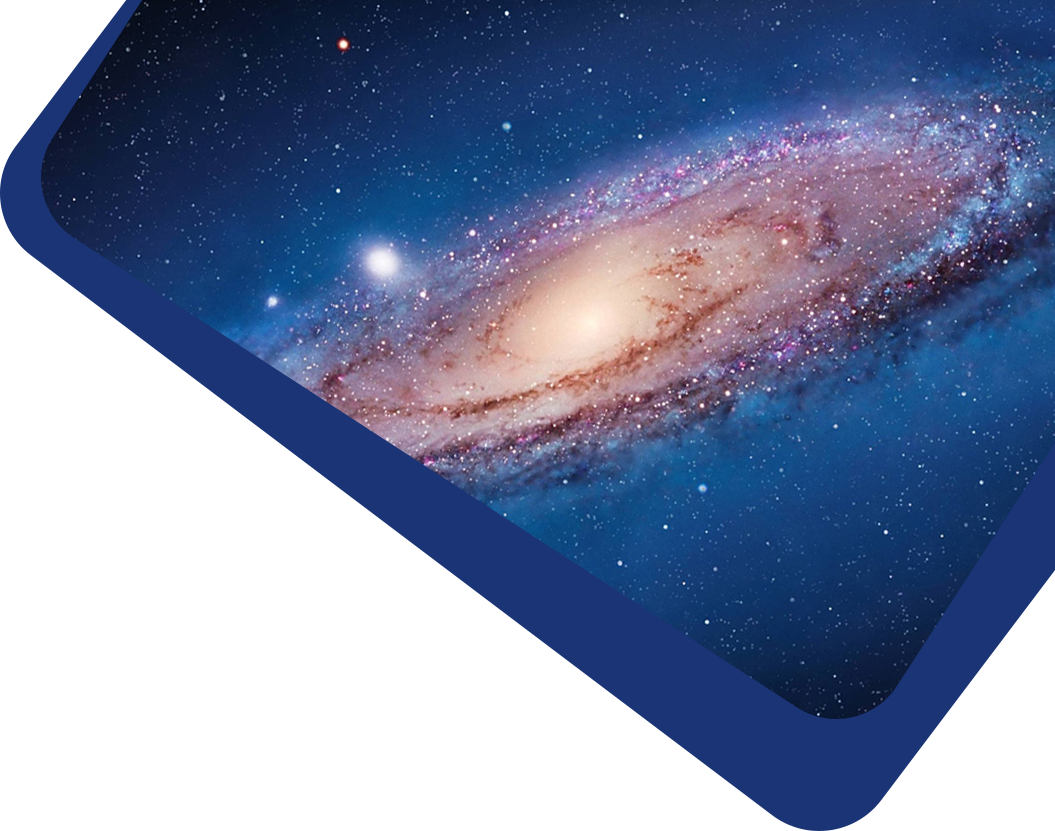We present a comprehensive analysis of BI CVn, an eclipsing overcontact binary system. New BVR photometric observations, combined with available spectroscopic data, were analyzed simultaneously using the Wilson–Devinney method to derive the orbital and physical parameters of the system. The resulting stellar parameters are M1 = 0.58 ± 0.01M⊙, M2 = 1.42 ± 0.02M⊙, R1 = 0.88 ± 0.01R⊙, R2 = 1.31 ± 0.01R⊙, with an orbital separation of a = 2.80 ± 0.01R⊙. Based on all available CCD times of minimum light, including both ground-based and TESS observations, the (O − C) diagram of BI CVn was analyzed. The orbital period exhibits a long-term decrease at a rate of −2.3239 (±0.0001) × 10−8 day yr−1, likely due to mass transfer from the more massive to the less massive component. Superimposed on this trend is a cyclic variation with a period of 56.84 ± 0.08 yr, indicative of a light-travel time effect caused by a third body, whose estimated mass is 0.63 ± 0.02M⊙. Using these derived parameters, we modeled the binary’s evolution through non-conservative processes with the Binary Star Evolution code. The evolutionary tracks of the components were examined in multiple parameter planes, leading to an estimated merger timescale of approximately 2.70 Gyr.



